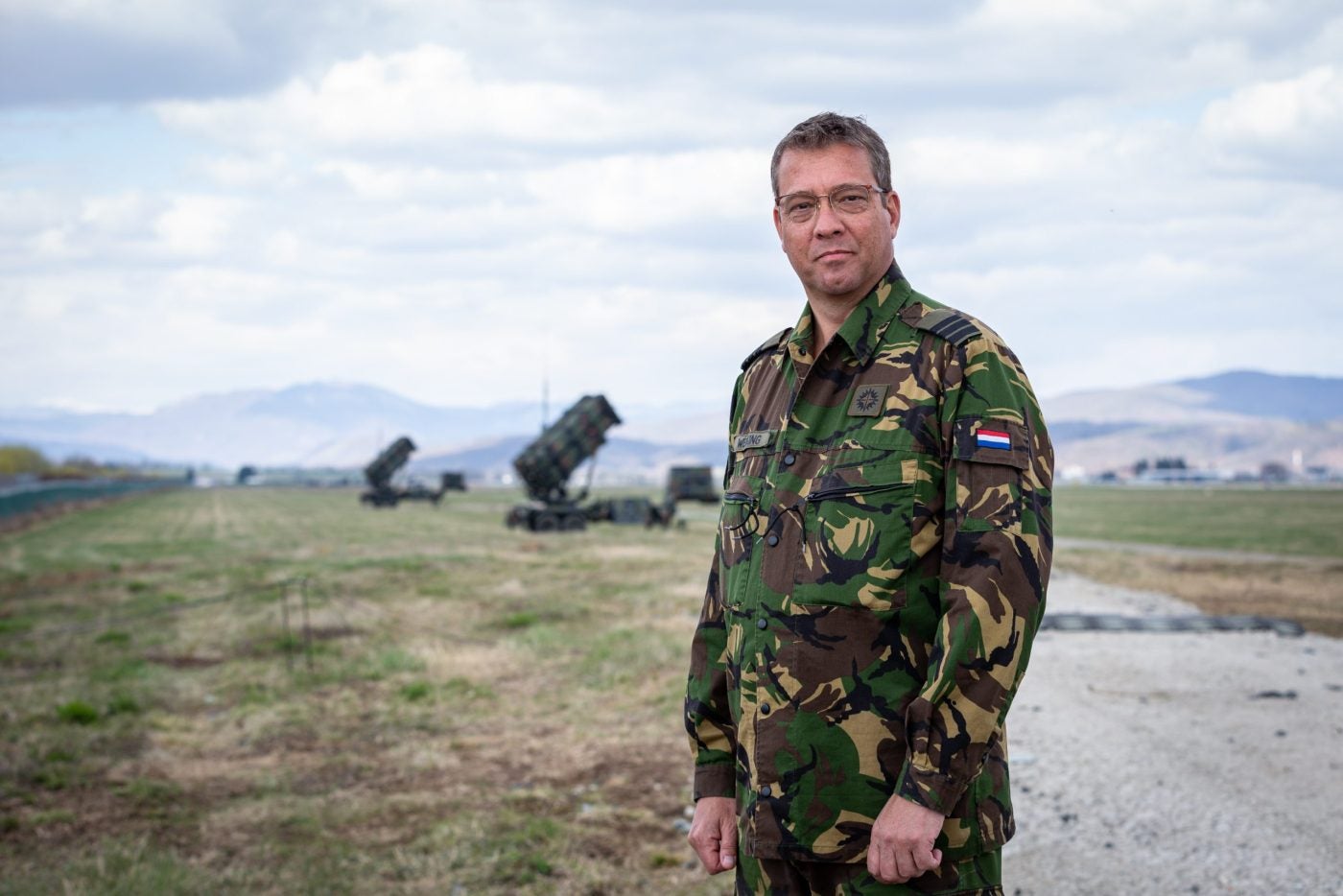
The Patriot air defence system is now fully operational in central Slovakia, with Dutch and German military personnel joining forces to protect critical systems and facilities from airborne threats.
The joint deployment, carried out under Nato’s leadership, is a robust defensive measure to deter potential risks and reinforce security in Eastern Europe. Slovakia received the Patriot missile defence systems in March.
Lieutenant Colonel Patrick Wekking expressed confidence as he announced the operational readiness of the Patriot air defence system in central Slovakia. “A lot of hard work was done this week to get everything here ready for operations. The first launch systems have now been set up and are ready to fire. We can now detect and respond 24/7 to any threat from the air.”
The deployment comprises several launchers, a fire control centre, a radar system, and a command and logistics element. Nestled between forested hills, the positions of the air defence units, located just two kilometres apart near the town of Zvolen, provide strategic advantages for protecting the country against airborne threats.
During the announcement, Lieutenant Colonel Wekking emphasized the importance of cooperation between the Dutch and German forces: “It’s very good to be doing this with our German counterparts. The cooperation shows that Nato can act as one and gives us additional power.”
The Patriot system’s capabilities enable it to neutralize various threats, including helicopters, manned and unmanned aircraft, ballistic missiles, and cruise missiles. Although the deployment is defensive, it aims to provide an effective deterrent against potential missile threats from outside Nato territory, particularly from Russia.
Various European countries have inducted the Patriot air defence systems following the invasion of Russian forces into Ukrainian territory. Some noticeable nations to have recently acquired or have entered Patriot systems into their inventory include Ukraine-bordering Poland, which recently had an approved sale of 48 Patriot Batteries from the US for $15bn (60bn zlotys) in a strategic move.
Last month, the Ukrainian President called for more Patriot air defences alongside the anticipated F-16 fighter jets to bolster Ukraine’s air defence. President Zelenskyy claimed that Patriot air defences are the backbone of the European “sky shield”.
Addressing concerns about escalating tensions, Lieutenant Colonel Wekking clarified that the deployment was not an act of aggression against Russia. “NATO and the Netherlands are not at war with Russia. We are only here to deter Russia and reinforce the defensive capabilities of our partners in Eastern Europe,” he said.
According to GlobalData’s market intelligence report, “The Global Missiles & Missile Defense Systems Market 2023-2033“, The Russia-Ukraine conflict has increased demand for missile defence systems, as several NATO countries are now focusing on improving their missile defence capabilities in the wake of the growing missile capabilities of Russia.
As the Patriot unit commences its operational duties, it serves as a symbol of assurance for the region, emphasising Nato’s readiness to protect its member countries and maintain peace and stability in Eastern Europe.




